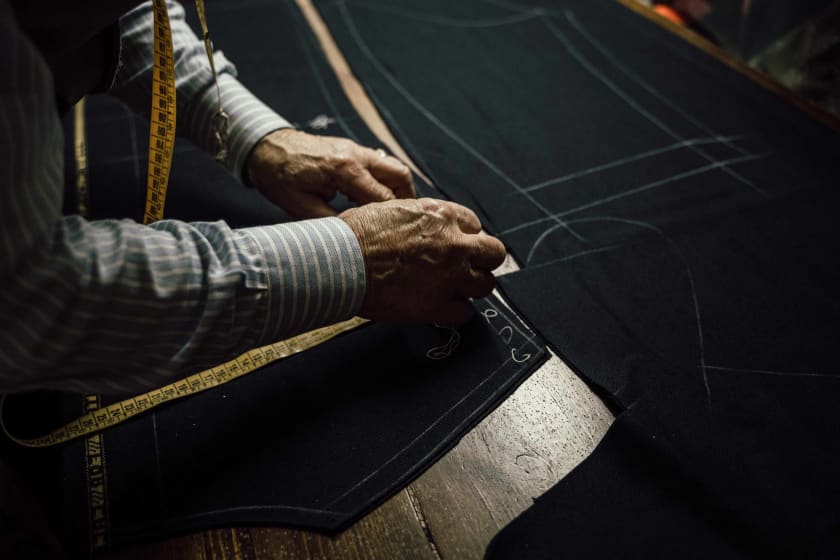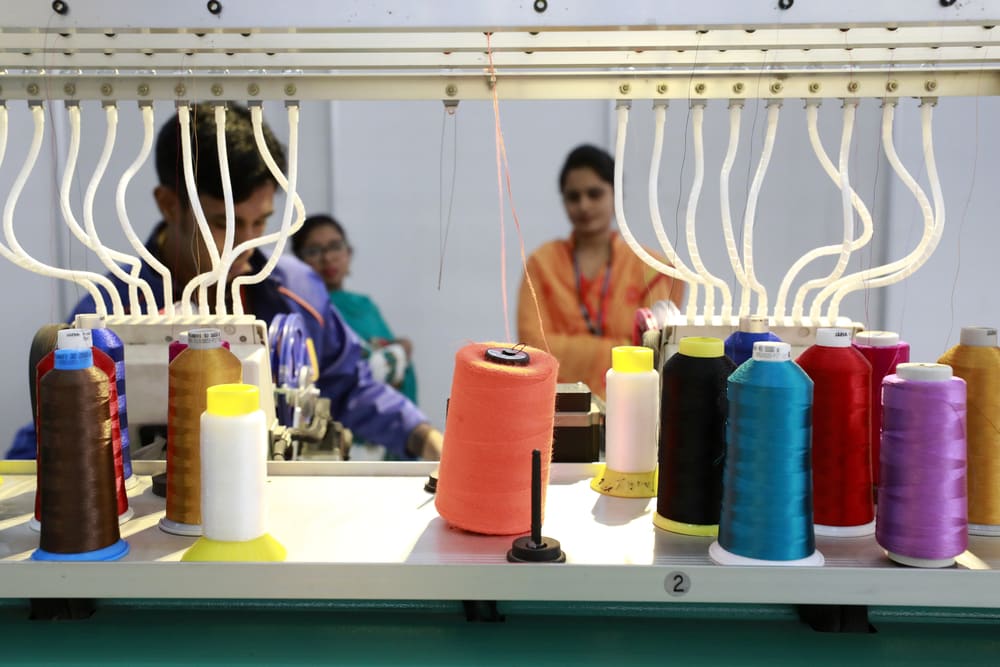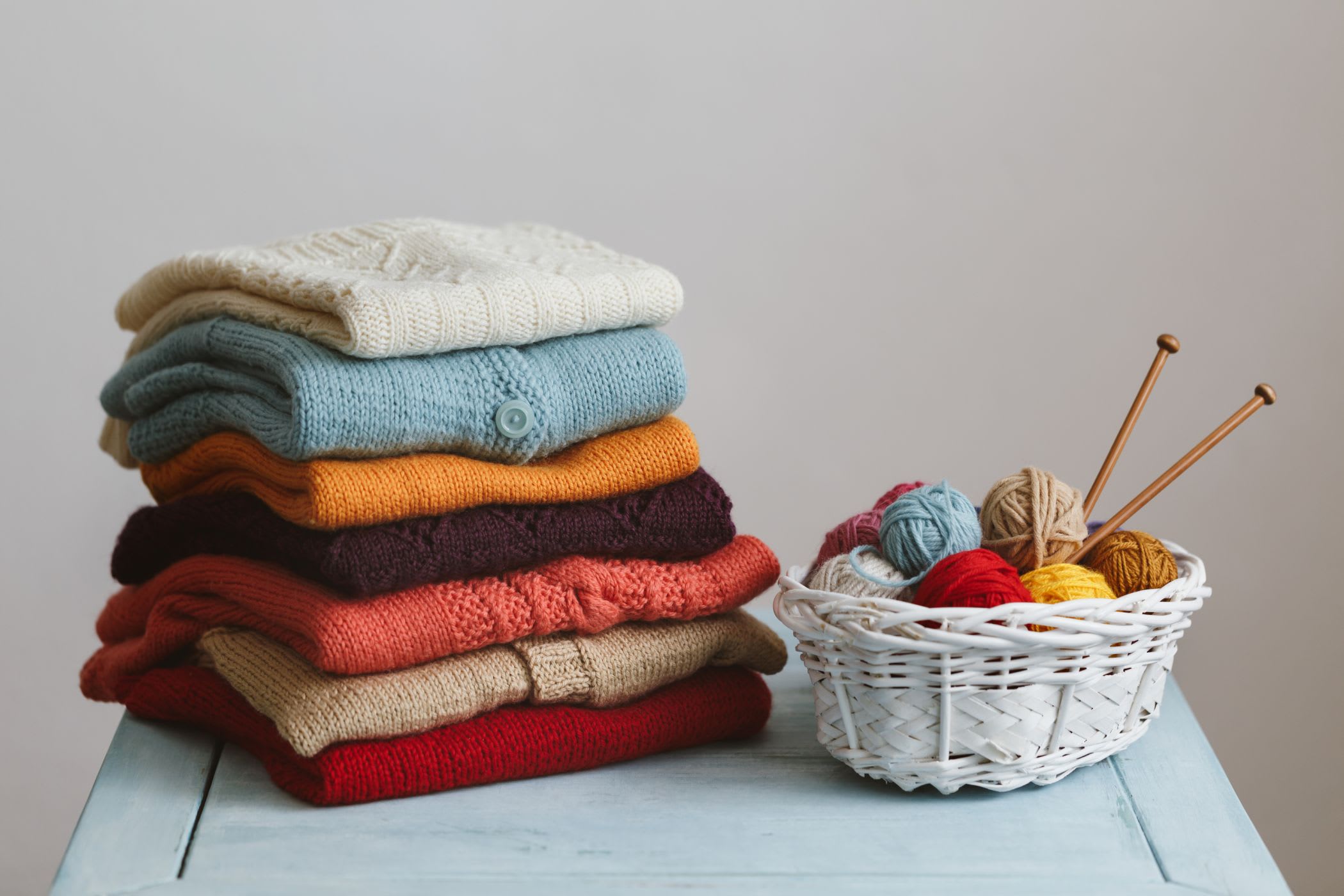How To Create A Perfect Garment Manufacturing Agreement: Top Five Tips



Introduction
When it comes to the garment manufacturing industry, there are many things the manufacturer needs to keep in mind before starting their business. A critical part of the garment manufacturing industry includes creating a solid, watertight garment manufacturing agreement to deal with several vendors. The main advantage of the garment manufacturing agreement is that it binds the vendor with a legal document and ensures that all products are delivered on time and provided as per the requirements.
The manufacturers need to understand the rules and regulations of the area and draft their agreements accordingly. There are several tips for creating a good garment manufacturing agreement. The business owners can hire a good lawyer or in-house legal team to draft the garment manufacturing agreement. This article will discuss the top 5 tips for creating a garment manufacturing agreement.
Tips to prepare a garment manufacturing agreement
The garment manufacturer can face many issues while starting their business. Drafting an efficient manufacturing agreement is extremely necessary and critical. Here are the top 5 tips for creating a perfect garment manufacturing agreement.
1. Mention all the deliverables clearly
The most important point mentioned in the agreement is the deliverables. Both parties should be clear on the amount, brand, and timelines so there's no confusion in future business transactions.
The contract should mention all the points in clear, simple language. The agreement should always mention the number of materials required and the desired timeline. The deal should be agreed upon by both parties facilitating smooth business dealings.
2. Keep a check on the quality of the products along with the requirement of the brands
Maintaining the quality of the product is imperative. If an individual is not careful, the vendors might not focus on it. Therefore, include the quality check requirements in the agreement.
The contract should mention that vendors should do a thorough quality check before dispatching. Once received, the products should be rechecked to see if they meet the requirements.

Measuring quality may be confusing for a newbie in the business. For a better understanding, one may check the points mentioned below:
- Quality tests - The factory inspector can conduct several tests to check the quality of the products received. The quality tests include elastic recovery, color transfer, seam strength, and others, depending on the materials received.
- Measurements - The materials procured should match the sizes mentioned. The measures should meet the dimensions of the samples. There may be some acceptable deviations in the measurements, known as tolerance. So, the business owner should mention the tolerance level to the vendor so that there would be no mistake in the size of the vendor. The business owners need to provide all the measurements to the vendors.
Business owners should mention these clauses in the garment manufacturing agreement, ensuring quality product delivery. The owner, in turn, can supply quality products to the market.
3. Mention the product specifications
Maintaining the product specifications is crucial as it helps preserve the garments' quality. Several vendors provide the materials for the garments. As a business owner of a garment line, the individual deals with several vendors to get suitable materials at cheaper rates. But, this may pave the way for the vendors to not adhere to the product specifications.
To stop the vendors from sending sub-standard materials, the business owners should include the product specifications like color tolerance, fabric type, thread count, reputed suppliers, and others depending on the garments manufactured. If the product specifications are mentioned in the agreements, the vendors would be bound to follow them to avoid fines being levied on the payments.
The vendors will seriously look into the product specifications and ensure there is no slip in sending faulty materials to the business owners.
4. Set the payment terms
The payment agreement should be mentioned clearly and agreed upon by both parties before signing the contract. If there is any discrepancy or either party is unclear about any payment terms clause, they should discuss it with the other party and clarify it.
The payment section should mention the mode of payment and the timeline of the costs. It is highly advisable to club the expenses with quality, timely delivery, and maintaining the product specifications. Payments will be made if the vendor clears all points mentioned in the agreement.
The agreement should mention whether the vendor needs to provide an invoice or will the payment be cleared on other clauses. If there is a clause of levying penalties, the vendor will take extra care in delivering the products. The business owner should consider all the factors and discuss them with the vendors and the legal team before drafting the payment terms in the contract.

5. Mention the working conditions
The garment business owner has to work with several vendors all over the world. So, it is essential to mention the working conditions in the vendor's plant in the agreement.
If the vendor does not adhere to all the working conditions, such as following all the safety compliances, employee verification, not employing children as laborers, and others, business owners may step away from procuring materials.
To avoid such conditions, business owners should add the clause of maintaining proper working conditions to ensure smooth business transactions with the vendors. However, business owners should not impose the standards applicable in their country as labor laws are country specific. It is advisable to implement the working conditions of the country where the products are procured.
Working conditions have several options, and dealing with them is critical. Some clauses that need to be considered are factory safety regulations, the age limit of the employees, compulsory breaks, worker pay rates, and medical provisions, among others.
The business owner should always add the working condition clause in the garment manufacturing agreement, whether they are working with a vendor of the same country or from different countries. The garment manufacturing agreement protects the business owner, the company, and the employees if there is any discrepancy from the vendor side.
Conclusion
The garment manufacturing agreement is a crucial document that needs to be agreed upon and signed by both parties. Business owners need to be careful while doing business with vendors; if there's any issue, the company will take a big hit. So, preparing a legal document and clarifying all points are mandatory. In addition, the agreement ensures that the business owners receive the required product per their requirements. FASHiNZA is a B2B fashion technology company that provides the right manufacturing support to fashion and apparel companies. The AI-powered platform provides its clients the facilities to place, track, receive updates, communicate with vendors, and make payments. If a business owner is looking for vetted suppliers for their garments business, check out FASHiNZA, which conducts multiple scrutinies before connecting the business owners with top textile suppliers through advanced AI.




















